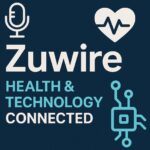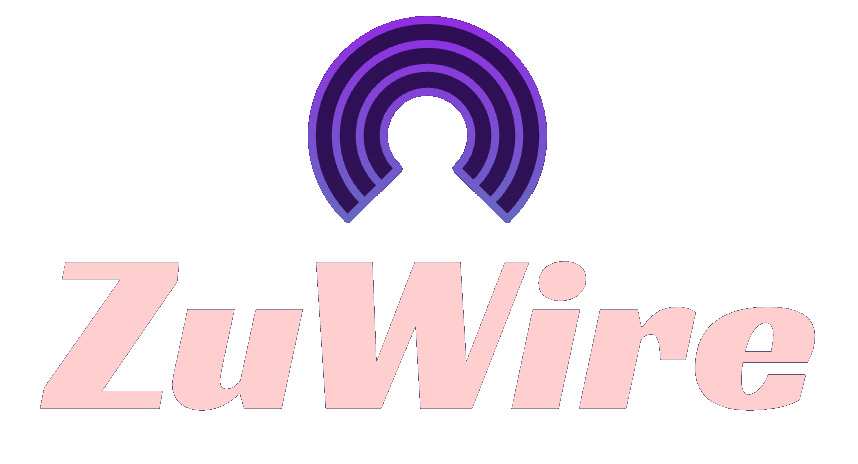
Imagine a world where your smartwatch doesn’t just count your steps—it detects irregular heartbeats, flags potential symptoms before you notice them, and instantly alerts your doctor. Meanwhile, AI analyzes that data in real time, predicts complications before they happen, and securely stores everything on a tamper-proof digital ledger. This isn’t sci-fi. It’s the future of healthcare, and it’s already unfolding.
A recent survey titled “Recent Advancements in Emerging Technologies for Healthcare Management Systems” (published in the Journal of Healthcare Engineering) takes a deep dive into this transformation. It explores how wearable sensors, the Internet of Things (IoT), Artificial Intelligence (AI), and Blockchain are converging to revolutionize the way we manage health—shifting us from reactive treatments to proactive, personalized care.
Here’s a 10-minute breakdown of the key takeaways.
The Four Tech Pillars Changing Healthcare
1. Wearable Sensors: Your Body, On the Grid
Smartwatches, skin patches, smart clothing—these devices now track everything from heart rate and blood pressure to motion and temperature. By forming wireless sensor networks (WSNs), they continuously collect physiological data and relay it to connected health systems for early detection and intervention.
2. IoT Frameworks: The Invisible Web Behind the Scenes
The IoT layer connects all these sensors to cloud or edge servers, allowing seamless data transmission in real time. Think of it as the nervous system that links patients to healthcare providers—without needing a hospital visit.
3. AI and ML: Making Sense of the Noise
Once data is gathered, machine learning and deep learning algorithms analyze it to detect anomalies, predict health events, and support clinical decision-making. This layer brings intelligence to automation, whether in diagnosing illness, suggesting treatments, or managing hospital logistics.
4. Blockchain: The Trust Layer
When it comes to sensitive health data, privacy and security are paramount. Blockchain introduces immutability, transparency, and decentralized access control, allowing multiple stakeholders (patients, providers, insurers) to collaborate securely without compromising data integrity.
Real-World Applications
The survey outlines several current use cases:
- Remote Monitoring: Chronic disease patients are monitored in real time from their homes.
- Personalized Treatment Plans: AI adapts treatment based on individual behavior and medical history.
- Hospital Resource Optimization: AI-powered systems predict ER bottlenecks or optimize bed assignments.
- Telemedicine Platforms: Secure, AI-enhanced diagnostics and communication between doctor and patient.
- Multi-Stakeholder Health Data Sharing: Blockchain ensures that all parties access the same trustworthy records.
Roadblocks We Still Need to Overcome
Despite these advances, the survey also reveals some persistent challenges:
- Wearable Hardware: Power limitations, cost, and limited accuracy of current devices.
- IoT Fragmentation: Lack of interoperability between proprietary systems.
- Data Management: Massive volumes of data require scalable and efficient processing.
- Privacy & Compliance: Navigating global regulations like HIPAA and GDPR remains a complex task.
- Blockchain Tradeoffs: High energy costs, latency, and scalability need to be addressed.
- Global Inequity: Low-resource regions struggle to adopt these technologies due to poor infrastructure and access.
What’s Next? Open Research Frontiers
The paper identifies several future research directions that could shape next-gen healthcare:
- Explainable AI: Making AI decisions more transparent and trustworthy.
- Generative AI (e.g., GANs): Enhancing rare-disease datasets or creating synthetic health data for training.
- Federated & Edge Learning: Training AI locally on-device for better privacy and real-time insights.
- Affordable Wearables: Developing cost-effective yet reliable sensors.
- Standardization Across Systems: Building unified frameworks for data interoperability.
- Localized Tech for Underserved Areas: Designing tools that can operate with limited power, bandwidth, or computing.
Final Thoughts
This survey makes it clear: healthcare is no longer confined to the clinic or hospital. It’s moving to your wrist, your pocket, and your home. As wearable sensors become smarter, AI more capable, IoT more seamless, and blockchain more robust, we’re entering an era of distributed, data-driven, and patient-centered healthcare.
If you’re a technologist, healthcare provider, or just someone fascinated by the fusion of health and innovation—this is a space worth watching. The future isn’t just coming—it’s already being stitched together, one heartbeat and data packet at a time.

Leave a Reply